Home>diy>Building & Construction>What Is Sealant In Construction
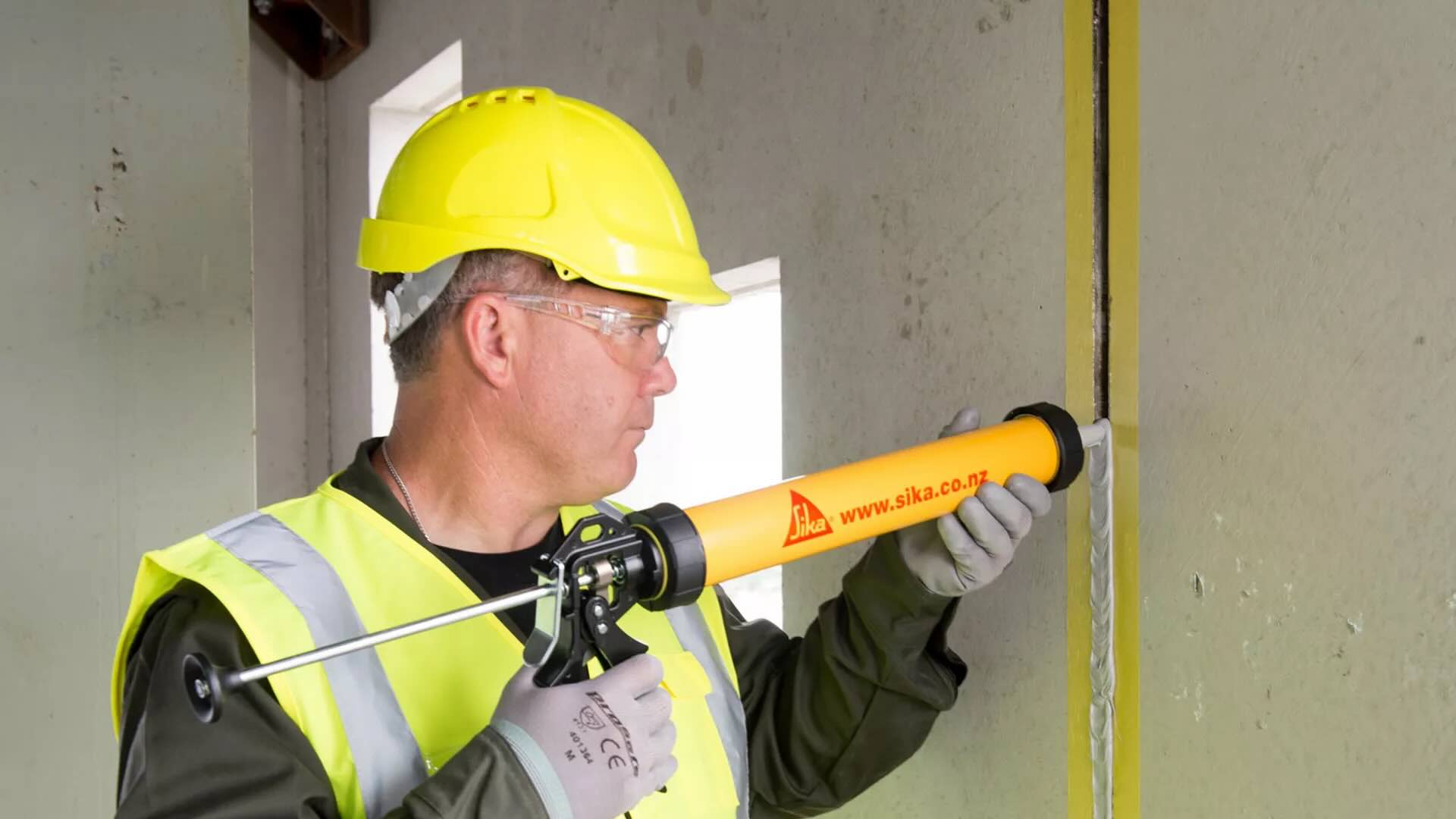

Building & Construction
What Is Sealant In Construction
Modified: December 7, 2023
Discover the importance of sealant in building construction and how it helps protect structures from moisture, UV rays, and other external elements. Enhance the durability and longevity of your buildings with effective sealant solutions.
(Many of the links in this article redirect to a specific reviewed product. Your purchase of these products through affiliate links helps to generate commission for Storables.com, at no extra cost. Learn more)
Introduction
In the field of construction, the use of sealants plays a vital role in ensuring the longevity and durability of buildings. Sealants are essential materials used to fill gaps, joints, and cracks in various structures, preventing the ingress of moisture, dust, and air. They help to create a watertight and airtight barrier, protecting the interior of the building from external elements.
Sealants have become an integral part of modern construction practices, used in both residential and commercial projects. They are versatile, adaptable, and offer a range of benefits that contribute to the overall integrity and performance of a building.
This article will explore the importance of sealants in construction, discussing their definition, types, benefits, application processes, common applications, factors to consider when choosing sealants, and maintenance and repairs.
Whether you are a contractor, architect, or homeowner, understanding the role and significance of sealants in construction will empower you to make informed decisions when it comes to protecting and preserving your building.
Key Takeaways:
- Sealants are essential in construction, providing waterproofing, air leakage prevention, noise reduction, and fire resistance. Choosing the right sealant and proper maintenance are crucial for long-lasting building integrity.
- Understanding the different types of sealants, their applications, and factors to consider empowers builders, architects, and homeowners to protect their investments and ensure the long-term durability and sustainability of their buildings.
Read more: What Is The Best Sealant For Gutters
Definition of Sealant in Construction
In the construction industry, a sealant refers to a material that is used to fill gaps, joints, and cracks in various structures. It is a viscous substance that, when applied, undergoes a chemical or physical reaction to form a flexible and durable seal. Sealants are typically used to create a barrier against water, air, dust, and noise infiltration.
Sealants are different from adhesives in that they are designed to provide a seal rather than bonding two surfaces together. While adhesives are used to join or attach materials, sealants are used to prevent the passage of fluids or gases through gaps or joints.
Sealants are available in a variety of forms, including caulks, gels, pastes, tapes, and liquid dispersions. Each form has its own application method and suitability for specific types of gaps or joints.
The primary function of a sealant in construction is to fill voids and maintain the structural integrity of a building. By sealing gaps and joints, sealants prevent the penetration of water, which can cause damage to the building’s interior, such as mold growth, rotting of wood, or deterioration of building materials.
In addition to water resistance, sealants also provide benefits such as thermal insulation, soundproofing, and fire resistance, depending on the specific type of sealant used.
Overall, sealants play a crucial role in construction by ensuring the long-term performance and durability of buildings. They contribute to energy efficiency, comfort, and maintenance cost savings by preventing air leakage, reducing heat transfer, and minimizing the impact of external elements.
Next, we will explore the various types of sealants used in construction and their specific characteristics and applications.
Types of Sealants Used in Construction
Sealants used in construction are available in a wide range of formulations, each designed to address specific sealing needs and conditions. It is essential to select the right type of sealant based on factors such as the substrate material, application requirements, weather conditions, and desired performance properties. Here are some common types of sealants used in construction:
- Silicone Sealants: Silicone sealants are one of the most popular types of sealants used in construction. They are flexible, durable, and have excellent resistance to temperature extremes, UV radiation, and weathering. Silicone sealants adhere well to a wide variety of surfaces, including glass, metal, concrete, and ceramics. They are commonly used in applications where movement and flexibility are required, such as expansion joints, curtain walls, and waterproofing applications.
- Polyurethane Sealants: Polyurethane sealants offer excellent adhesion and flexibility, making them suitable for applications where high movement and dynamic loads are expected. They have good resistance to moisture, chemicals, and weathering, making them ideal for sealing joints in concrete structures, expansion joints, and bonding various construction materials.
- Acrylic Sealants: Acrylic sealants are economical and easy to apply. They have good adhesion properties and can be painted over, making them suitable for sealing gaps in interior and exterior surfaces. Acrylic sealants are commonly used for filling gaps around windows and doors, baseboards, and trim work.
- Polyurethane silyl-modified polymer (SMP) Sealants: SMP sealants combine the properties of polyurethane and silicone sealants. They offer excellent adhesion and flexibility while also being paintable. SMP sealants are commonly used in both interior and exterior applications, such as sealing windows, facades, and joints in construction materials.
- Butyl Sealants: Butyl sealants have excellent resistance to water and moisture, making them ideal for sealing joints in exterior applications exposed to harsh weather conditions. They are commonly used in roofing applications, window and door installations, and sealing metal panels.
It is important to note that each type of sealant has its own strengths and limitations. It is essential to consult with a construction professional or manufacturer’s guidelines to determine the most suitable sealant for your specific application.
Now that we have explored the different types of sealants, let’s delve into the benefits of using sealants in construction projects.
Benefits of Using Sealant in Construction
Sealants play a crucial role in construction projects, providing numerous benefits that contribute to the overall performance, longevity, and sustainability of buildings. Here are some key advantages of using sealants:
- Waterproofing: One of the primary benefits of sealants is their ability to create a watertight barrier. By filling gaps and joints, sealants prevent water ingress, protecting the building’s interior from moisture-related damages such as mold growth, rotting, and structural deterioration.
- Air Leakage Prevention: Sealants help to reduce air leakage through gaps and joints in a building’s envelope. By sealing these openings, sealants improve energy efficiency by preventing conditioned air from escaping and preventing unconditioned air from entering, resulting in reduced heating and cooling costs.
- Noise Reduction: Sealants contribute to soundproofing by sealing gaps that may allow the transmission of sound. This is particularly important in buildings located in noisy environments or where privacy is a concern, such as offices, hospitals, or residential buildings.
- Improved Thermal Insulation: Sealing gaps and joints with an appropriate sealant helps to enhance the building’s thermal insulation properties. This reduces heat transfer, improves comfort levels, and lowers energy consumption for heating and cooling. As a result, buildings become more energy-efficient and environmentally friendly.
- Flexibility and Movement Accommodation: Many sealants, such as silicone and polyurethane, have excellent flexibility and can accommodate movement and vibrations without cracking or losing their seal. This is especially beneficial in areas where structures may expand, contract, or experience dynamic loads.
- Enhanced Fire Resistance: Some sealants are formulated to provide fire resistance, acting as a barrier to the spread of flames and smoke. This is crucial in construction projects where fire safety is a priority, such as commercial buildings, hospitals, and public spaces.
- Improved Aesthetics: Sealants can also contribute to the overall appearance of a building by providing a clean, finished look. They can be color-matched or painted over to blend seamlessly with the surrounding surfaces, enhancing the visual appeal of a structure.
By utilizing sealants in construction, builders, architects, and homeowners can protect their investments, improve the performance of their buildings, and create comfortable and sustainable living or working environments.
Now, let’s delve into the application processes of sealants in construction.
Application Processes of Sealants in Construction
The successful application of sealants in construction requires careful preparation, proper technique, and adherence to specific guidelines. Here are the general application processes involved in applying sealants:
- Surface Preparation: Before applying a sealant, the surfaces to be sealed must be clean, dry, and free of any loose debris or contaminants. This ensures proper adhesion and prevents any interference with the bonding process. Surfaces may need to be cleaned with a mild detergent, and old sealant or paint may need to be removed using appropriate methods.
- Masking and Taping: In certain cases, it may be necessary to mask or tape adjacent surfaces to ensure a neat and precise application. This is especially important when sealing around windows, doors, or other objects where excess sealant may come into contact with undesired areas.
- Application Method: The choice of application method depends on the type of sealant and the specific requirements of the project. Common application methods include using a caulking gun, trowel, brush, or automated dispensing equipment. It is important to follow the manufacturer’s instructions regarding the proper application technique for each type of sealant.
- Sealant Placement: The sealant should be applied evenly and in sufficient quantity to fill the gaps or joints completely. It is important to ensure that the sealant makes proper contact with both sides of the joint or gap. This can be achieved by applying the sealant in a continuous bead or by utilizing backer rods or joint fillers in deeper gaps to ensure proper depth and adhesion.
- Tooling and Smoothing: Once the sealant is applied, it should be tooled or smoothed to ensure proper adhesion and a visually appealing finish. Tooling is the process of using a tool, such as a caulk smoothing tool or a gloved finger, to shape and smooth the sealant. This helps to create a tight seal and removes any excess sealant.
- Curing and Drying: The sealant needs time to cure and dry properly to reach its optimal performance. The curing time varies depending on the type of sealant and environmental conditions. It is important to allow sufficient curing and drying time before subjecting the sealed area to any stress or exposure to moisture.
Always refer to the manufacturer’s guidelines and product datasheet for specific instructions on the application and curing of the chosen sealant. Following these proper application processes ensures the effective performance of the sealant and maximizes its lifespan.
Next, let’s explore some common applications of sealants in construction.
Sealant in construction is a flexible, waterproof material used to fill gaps and joints to prevent air, water, and noise infiltration. It is commonly used around windows, doors, and other building penetrations to ensure airtightness and weatherproofing.
Read also: 10 Superior Masonry Sealant For 2024
Common Applications of Sealants in Construction
Sealants find widespread use in various applications throughout the construction industry. Their versatility and ability to create durable seals make them indispensable for ensuring the integrity and longevity of buildings. Here are some common applications of sealants in construction:
- Window and Door Sealing: One of the primary applications of sealants is in sealing gaps around windows and doors. Sealants are used to create an airtight and weatherproof seal, preventing air infiltration, water ingress, and energy loss.
- Expansion Joints: Sealants are commonly used in expansion joints, which allow for the movement of building materials due to temperature variations or structural changes. By filling these gaps with flexible sealants, the risk of water penetration and structural damage is minimized.
- Roofing: Sealants are utilized in various roofing applications, including sealing roof tiles, flashing, and penetrations such as vents or skylights. Sealants protect against leaks, ensuring the watertightness of the roof system.
- Concrete and Masonry Joints: Sealants play a crucial role in sealing joints in concrete and masonry structures. They prevent the passage of water, dust, and air, protecting against moisture-related damage and improving the overall lifespan of the structure.
- Bathroom and Kitchen Sealing: Sealants are essential in areas prone to moisture, such as bathrooms and kitchens. They are used to seal gaps around sinks, bathtubs, showers, and countertops, preventing water infiltration and minimizing the risk of mold growth and water damage.
- Façade and Curtain Wall Sealing: The use of sealants is crucial in sealing the joints and gaps in façade systems and curtain walls. This prevents water penetration, enhances energy performance, and contributes to the overall aesthetics of the building.
- Concrete Restoration and Repair: Sealants are often used in concrete repair and restoration projects to fill cracks and gaps. They help to restore the structural integrity of the concrete and prevent further damage caused by moisture intrusion.
- Fire-Rated Sealing: Sealants with fire-resistant properties are utilized in fire protection systems to seal openings and joints, preventing the spread of fire and smoke between compartments or floors. These applications are typically found in commercial buildings and public spaces.
- Soundproofing: Sealants are employed in soundproofing applications to seal gaps and joints and reduce the transmission of noise. They are used in partitions, walls, and floors to create a more acoustically insulated environment.
These are just a few examples of the many applications of sealants in construction. The versatility of sealants allows them to be used in a wide range of situations, providing protection, durability, and energy efficiency to buildings.
Next, let’s discuss the factors to consider when choosing sealants for construction projects.
Factors to Consider When Choosing Sealants for Construction Projects
When selecting sealants for construction projects, several factors should be taken into consideration to ensure the best performance, compatibility, and durability. Here are important factors to consider when choosing sealants:
- Substrate Compatibility: It is crucial to select a sealant that is compatible with the substrate or surface it will be applied to. Different sealants adhere better to specific materials such as concrete, metal, glass, or wood. Consider the porosity, flexibility, and surface preparation requirements of the substrate when choosing a sealant.
- Application Type: Consider the specific application requirements and intended use of the sealant. Determine whether the sealant will be applied in vertical or horizontal joints, interior or exterior applications, or areas exposed to harsh weather conditions. Different sealants are formulated to perform better in certain applications.
- Performance Properties: Evaluate the desired performance properties of the sealant, such as water resistance, UV resistance, flexibility, fire resistance, and thermal insulation. The intended purpose and location of the sealant will dictate which performance characteristics are most critical.
- Movement Capability: If the area being sealed is subject to movement or vibration, choose a sealant with the appropriate level of flexibility and movement accommodation. Some sealants are designed to stretch and regain their shape, ensuring a long-lasting seal even under dynamic conditions.
- Curing Time: Evaluate the curing time of the sealant and consider the project timeline. Some sealants require longer curing times before full performance is achieved, which may impact construction schedules. Choose a sealant with a curing time that aligns with project requirements.
- Environmental Considerations: Take into account the environmental impact and sustainability of the sealant. Look for sealants that are low in volatile organic compounds (VOCs) and have minimal impact on indoor air quality. Additionally, consider sealants that are recyclable or made from renewable materials.
- Manufacturer’s Guidelines: Always refer to the manufacturer’s guidelines and recommendations for the specific sealant product being considered. Manufacturers provide valuable information regarding application techniques, surface preparation, curing times, and limitations of their products.
- Budget and Longevity: Consider the budget constraints of the project and balance it with the desired lifespan of the sealant. While high-quality sealants may be more expensive initially, they often offer greater durability and longevity, resulting in long-term cost savings and reduced maintenance requirements.
By carefully evaluating these factors and seeking expert advice, you can choose the most suitable sealant for your construction project. It is crucial to select a high-quality sealant that meets the specific performance requirements of the application to ensure long-lasting protection and structural integrity.
Now, let’s move on to discussing the maintenance and repairs of sealants in construction.
Maintenance and Repairs of Sealants in Construction
Maintenance and repairs of sealants are essential for ensuring their long-term effectiveness and preserving the integrity of the building. Regular inspection and proactive measures can help identify and address any potential issues with the sealants. Here are key considerations for maintaining and repairing sealants in construction:
- Regular Inspections: Conduct routine inspections of the sealed areas to check for any signs of deterioration, cracking, or detachment. Inspect both the interior and exterior surfaces for water stains, leaks, or gaps that may indicate sealant failure.
- Cleaning and Maintenance: Keep the sealed areas clean and free from debris, dirt, or other contaminants. Regular cleaning prevents the accumulation of materials that can compromise the integrity of the sealant. Use mild detergents and non-abrasive tools for cleaning.
- Sealant Replacement: Over time, sealants may deteriorate due to exposure to UV rays, temperature fluctuations, moisture, and other environmental factors. When signs of wear or failure are detected, it is crucial to promptly remove and replace the sealant to maintain proper protection and performance.
- Proper Surface Preparation: Before reapplying sealant, ensure that the joint or gap is properly prepared. Remove any remnants of old sealant, clean the surface thoroughly, and ensure it is dry before applying a new sealant. Proper surface preparation is essential for achieving a strong and long-lasting bond.
- Maintaining Flexibility: Some sealants, particularly those used in areas with movement or expansion, may require periodic reapplication or touch-ups to maintain their flexibility and accommodate any structural changes. Regularly assess the condition of these areas and address any deterioration or cracking promptly.
- Repairing Small Cracks and Gaps: In some cases, small cracks or gaps may appear in the sealant. These can be repaired using appropriate sealant patching materials. It is important to closely follow the manufacturer’s instructions for patching and ensure the repair is properly cured and compatible with the existing sealant.
- Sealant Compatibility: When performing repairs or maintenance, ensure that the new sealant is compatible with the existing sealant. Incompatible sealants may not adhere properly, leading to compromised performance or aesthetic issues. Consult the manufacturer’s guidelines or seek professional advice when in doubt.
Regular maintenance and proactive repairs help prolong the lifespan of sealants, preventing water infiltration, air leaks, and other potential issues. By addressing any issues early on, you can avoid more extensive damage that may require costly repairs or replacements in the future.
Now, let’s summarize the key points discussed in this article before concluding.
Conclusion
Sealants are an indispensable component in the construction industry, playing a crucial role in maintaining the integrity, durability, and performance of buildings. They provide a variety of benefits, including waterproofing, air leakage prevention, noise reduction, improved thermal insulation, flexibility, and fire resistance. Sealants are used in a wide range of applications, such as window and door sealing, expansion joints, roofing, concrete and masonry joints, bathroom and kitchen sealing, and façade and curtain wall sealing.
When selecting sealants for construction projects, it is important to consider factors such as substrate compatibility, application type, performance properties, movement capability, curing time, environmental considerations, manufacturer’s guidelines, budget, and longevity. By choosing the right sealant and following proper application processes, the desired results can be achieved, ensuring a reliable and long-lasting seal.
Maintenance and repair of sealants play a vital role in ensuring their continued effectiveness. Regular inspections, cleaning, and timely replacement of deteriorated sealants are essential for maintaining the integrity of the building. Proper surface preparation, compatibility considerations, and addressing small cracks and gaps help preserve the longevity and performance of the sealants.
In conclusion, sealants are essential in construction for creating watertight and airtight barriers, protecting against moisture intrusion, improving energy efficiency, enhancing soundproofing, and providing fire resistance. By understanding the different types of sealants, their applications, and the factors to consider in selecting and maintaining them, builders, architects, and homeowners can make informed decisions to protect their investments and ensure the long-term durability and sustainability of their buildings.
It is always advisable to consult with industry professionals, follow manufacturer’s guidelines, and stay up-to-date with the latest advancements in sealant technology to ensure the best results in construction projects.
Frequently Asked Questions about What Is Sealant In Construction
Was this page helpful?
At Storables.com, we guarantee accurate and reliable information. Our content, validated by Expert Board Contributors, is crafted following stringent Editorial Policies. We're committed to providing you with well-researched, expert-backed insights for all your informational needs.
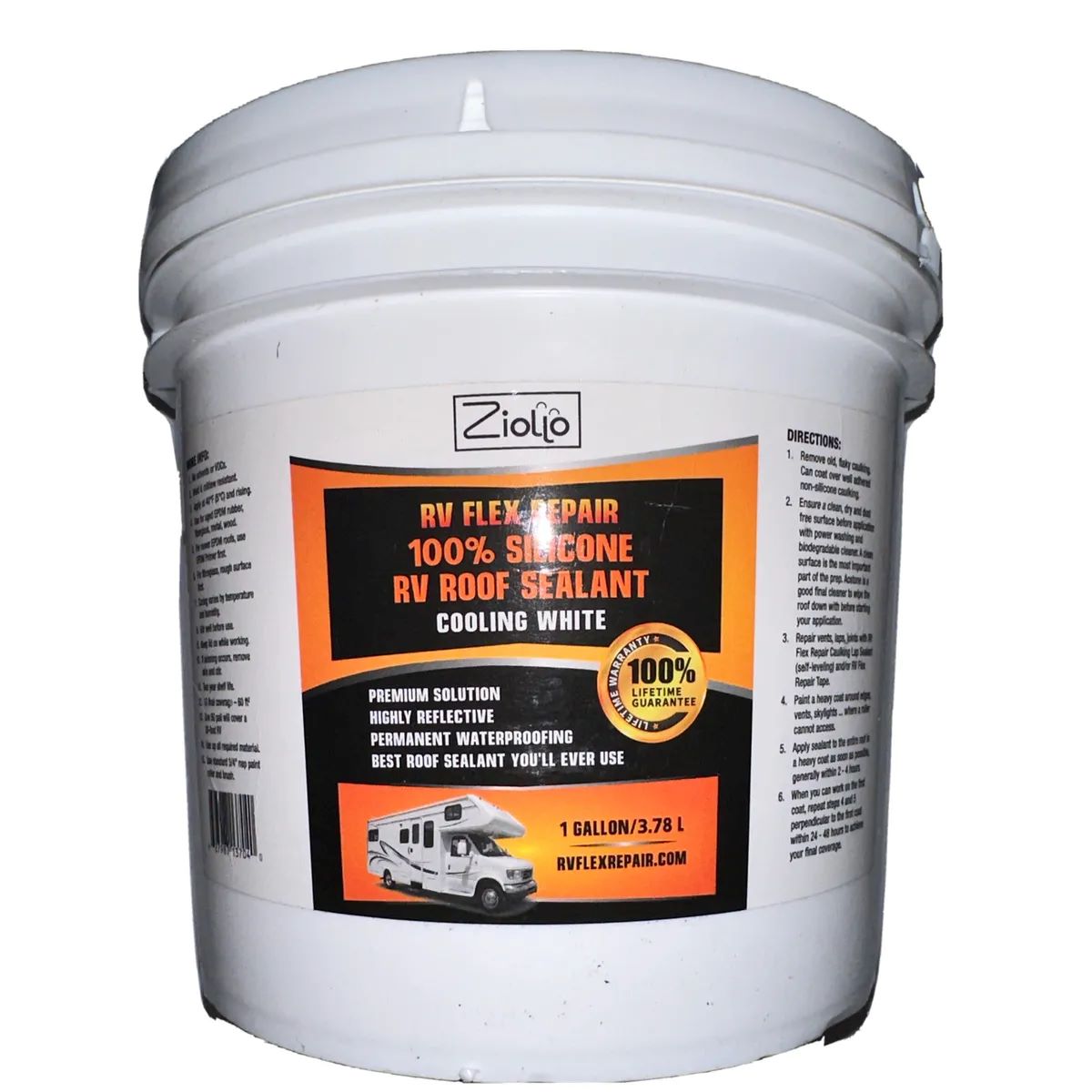


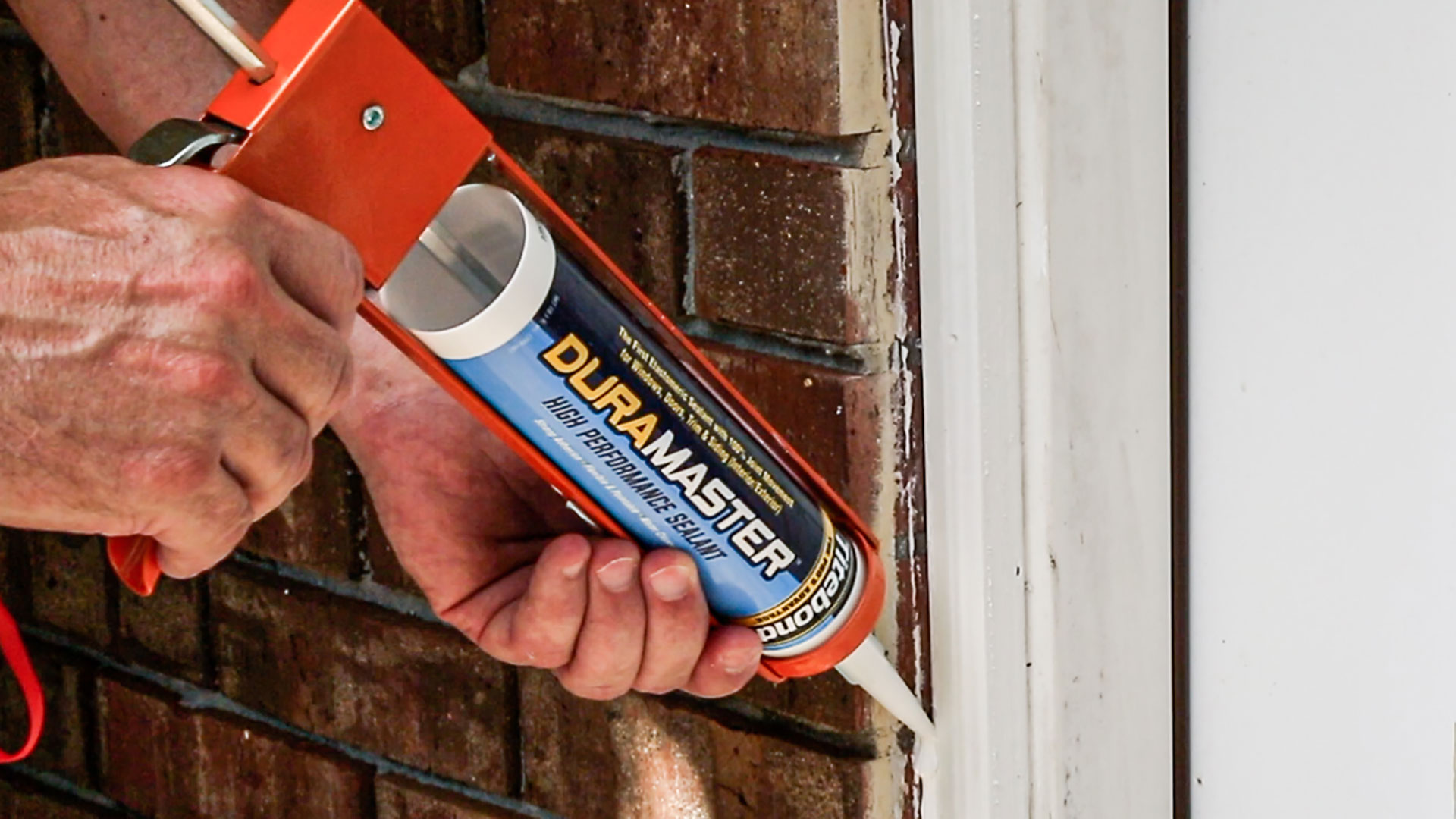
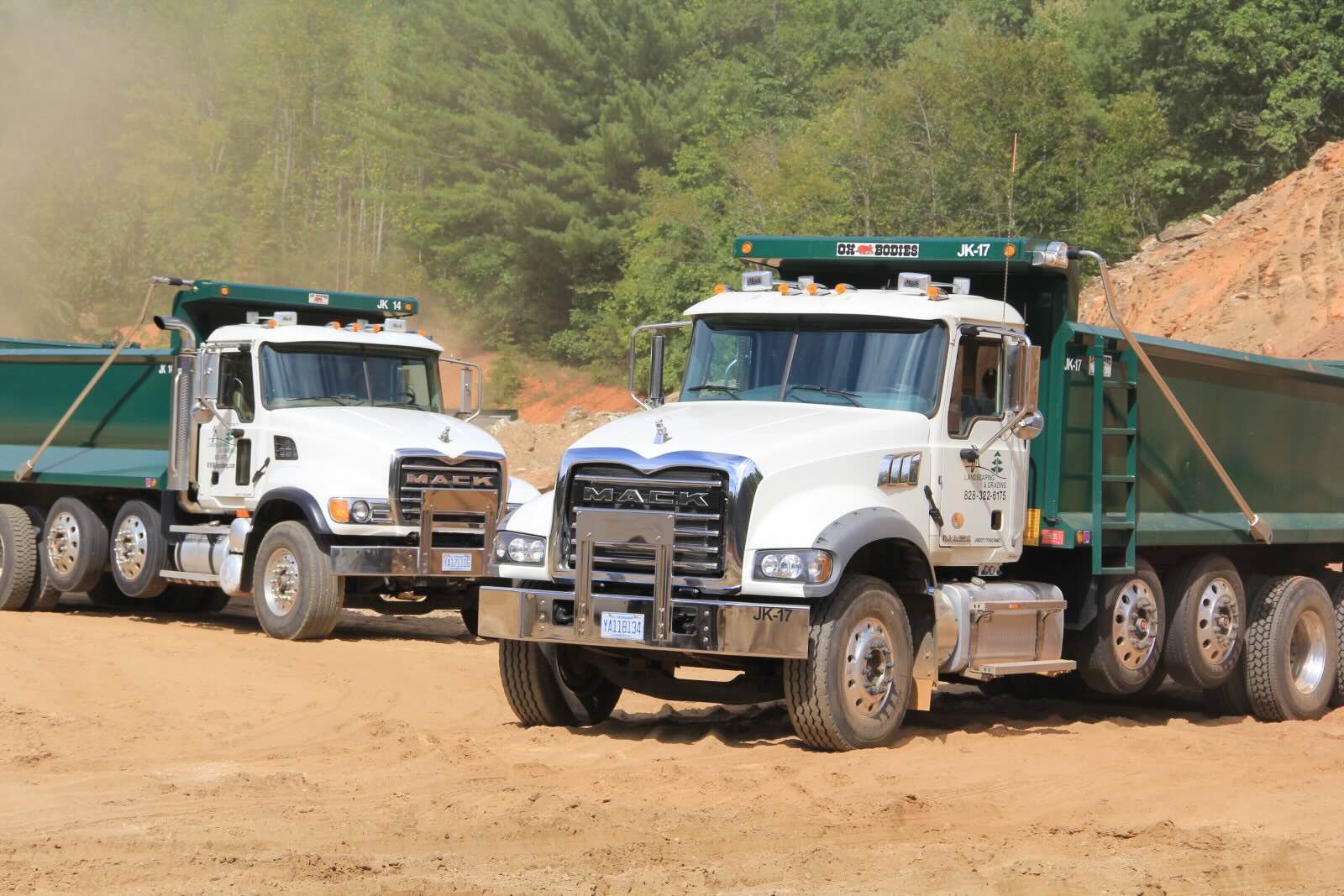
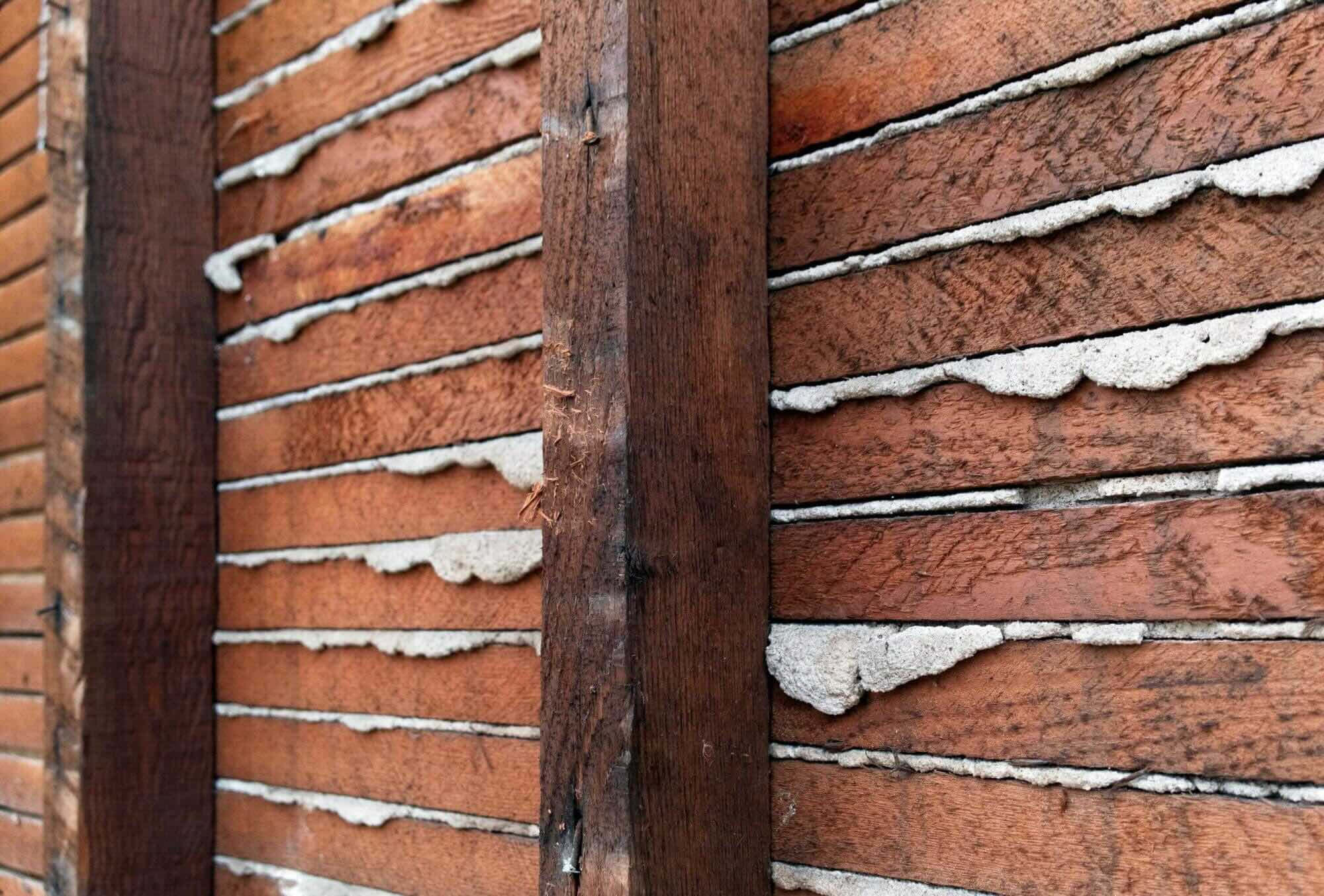

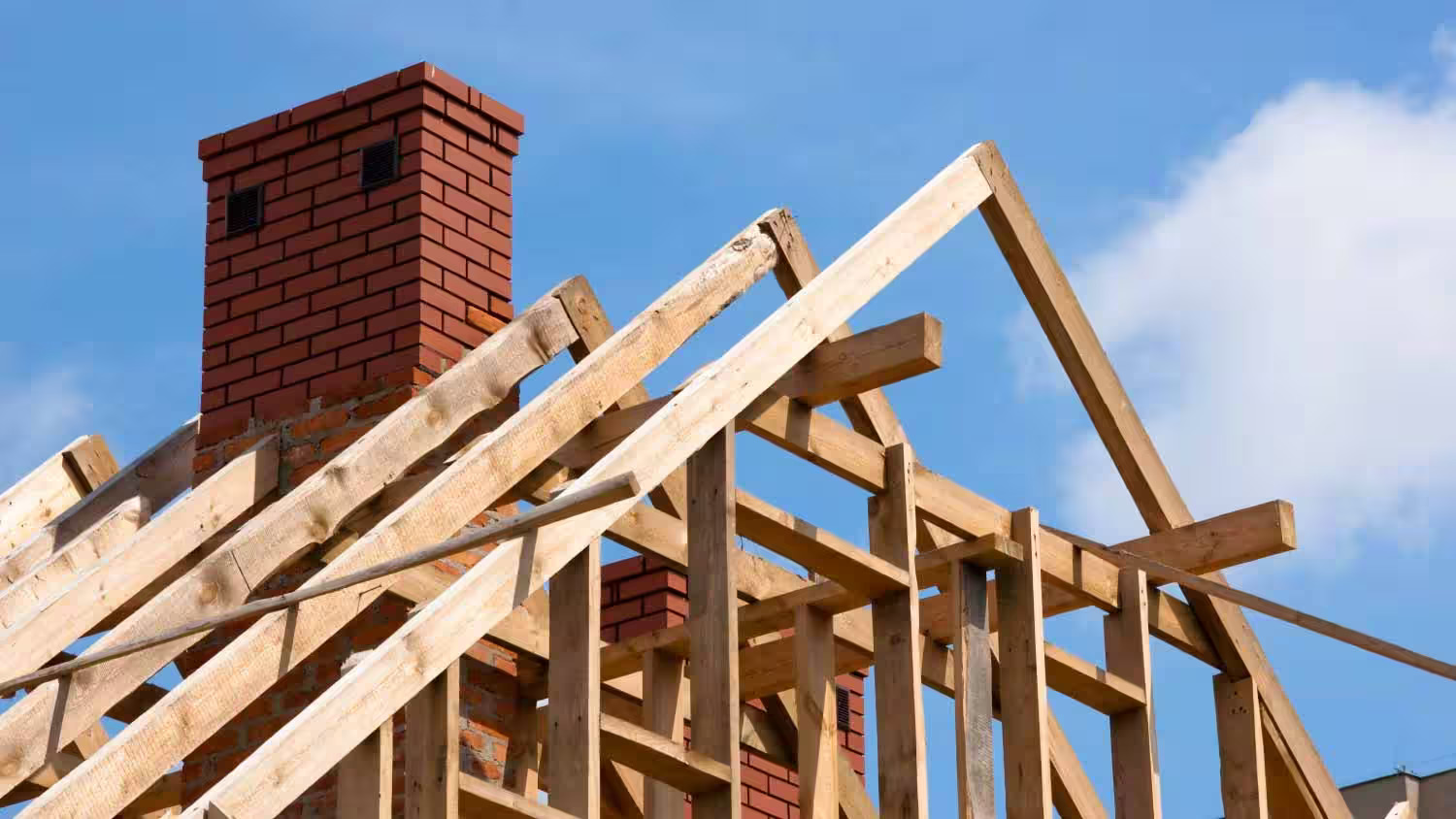

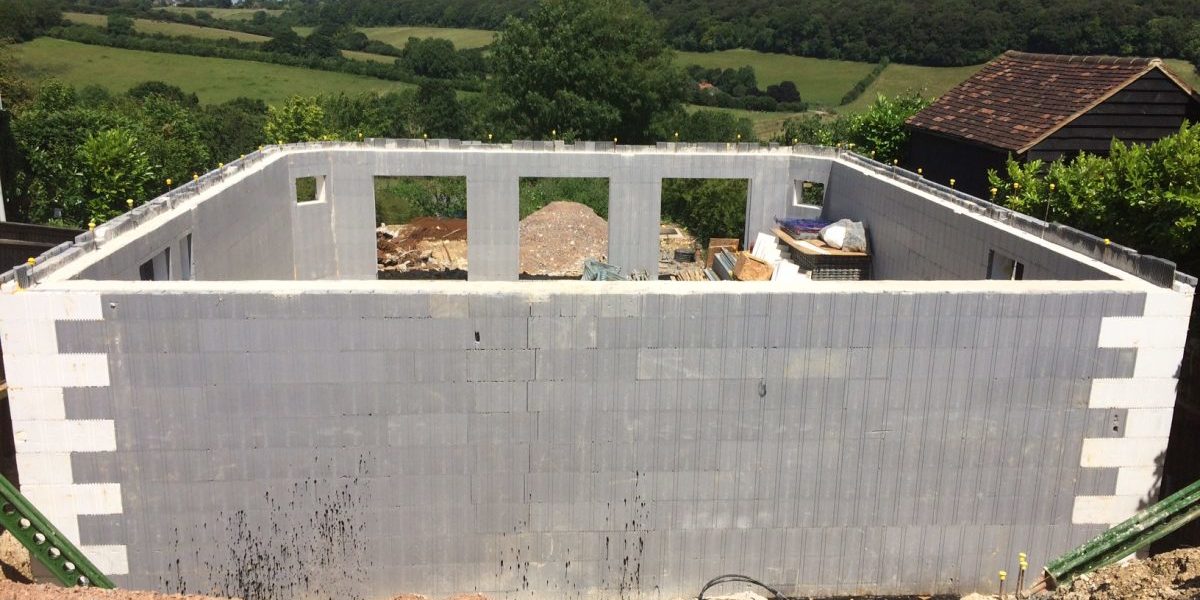




0 thoughts on “What Is Sealant In Construction”